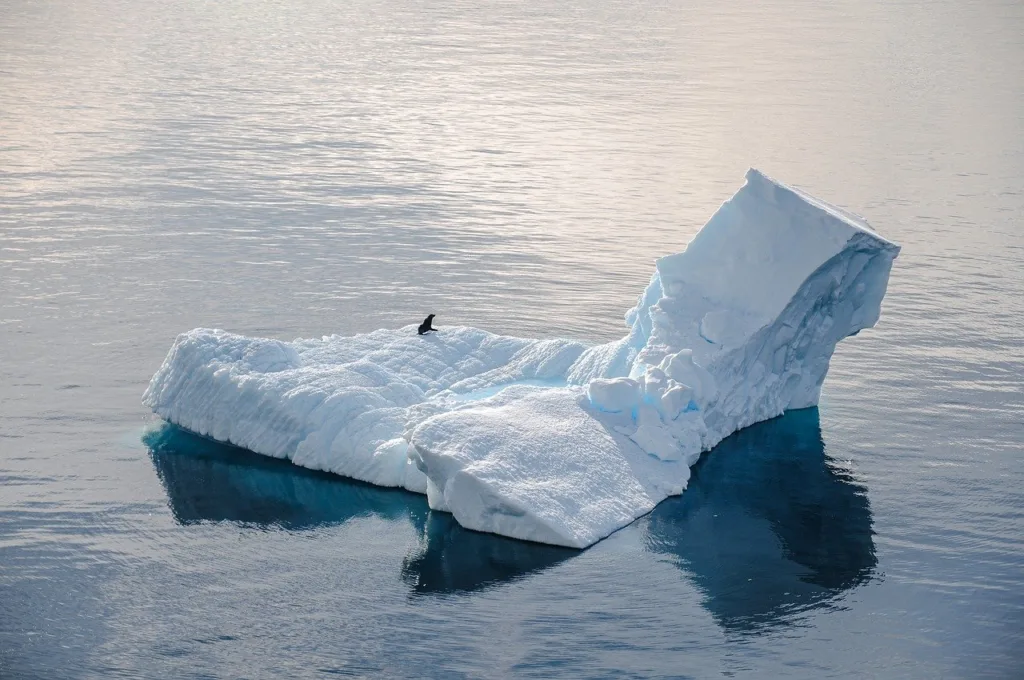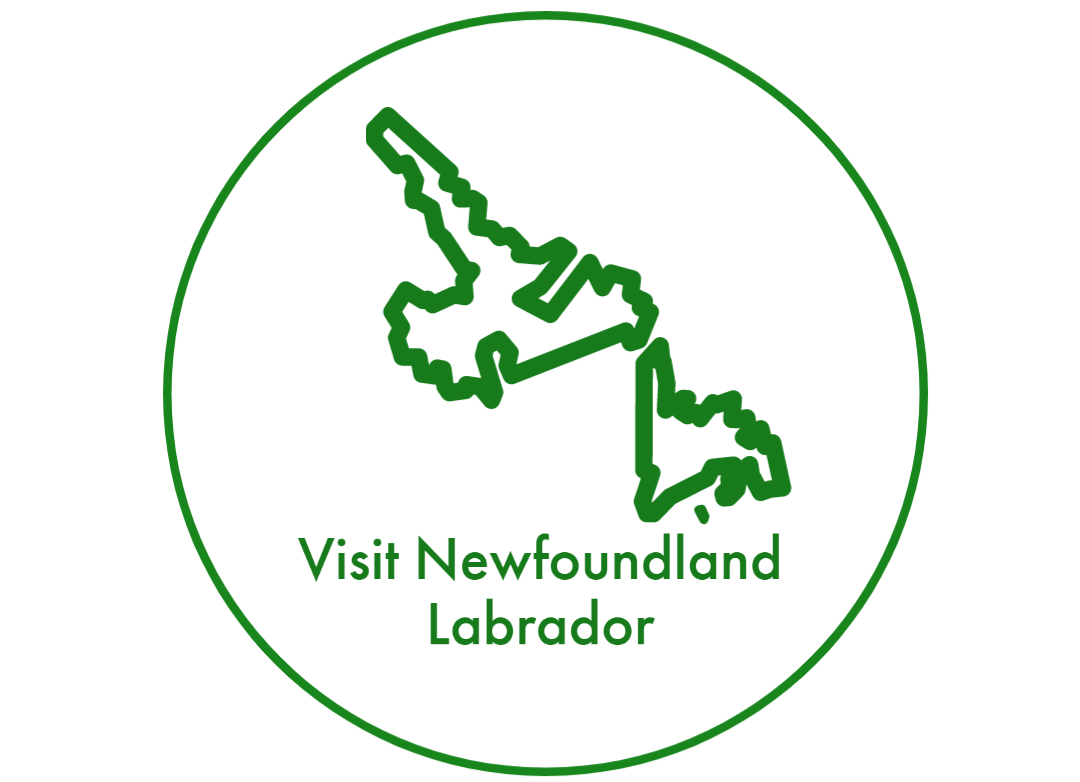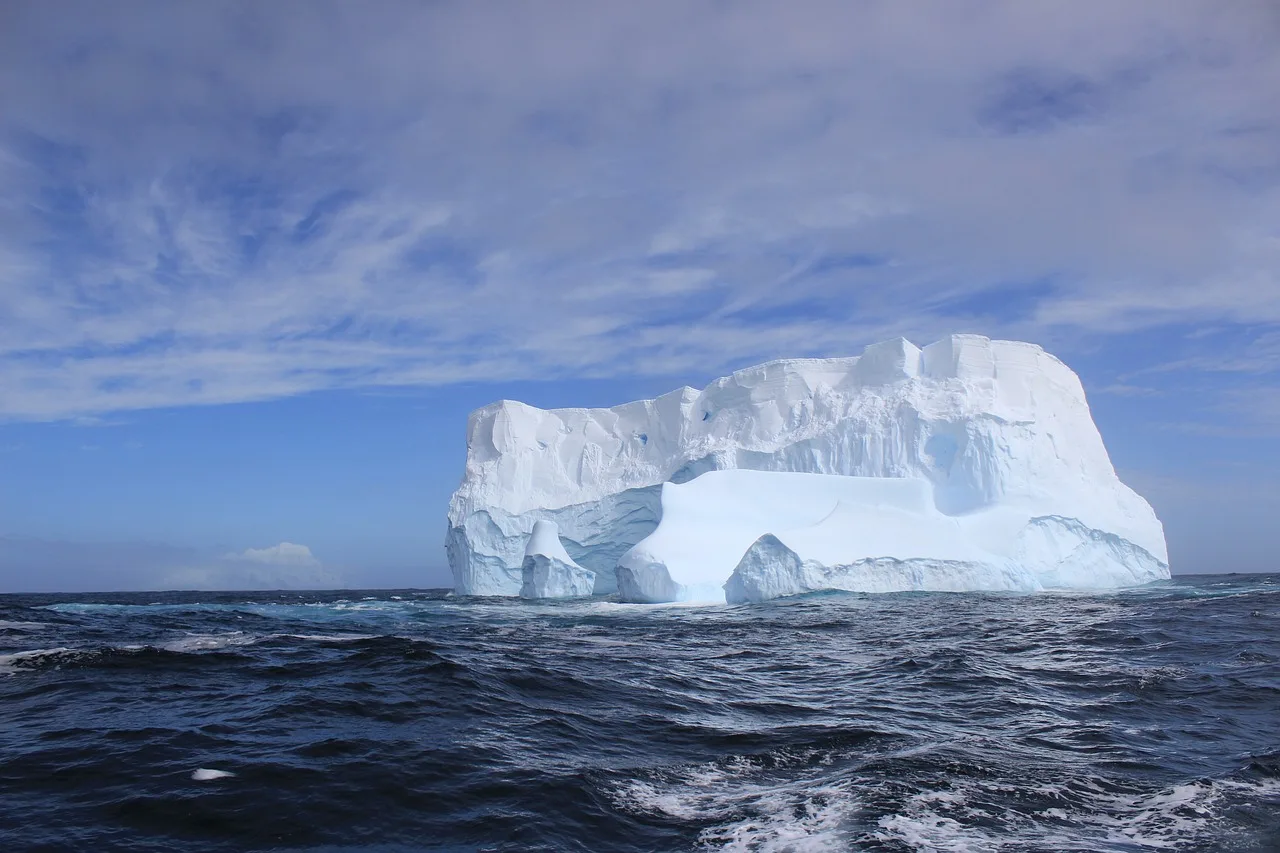The Best Mammoth Captivating Iceberg Photos Of 2023 Unveiled
The Best Mammoth Captivating Iceberg Photos Of 2023 Unveiled. These icy wonders are sure to leave you in awe. We’ve put together a list of frequently asked questions to help you make the most of your Newfoundland and Labrador iceberg exploration.
Q1: What are icebergs, and why are they found in Newfoundland and Labrador?
Icebergs are Mammoth chunks of ice that break from glaciers and float in the ocean. They’re prevalent in Newfoundland and Labrador due to the Labrador Current, which carries these Mammoth majestic ice formations from Greenland and the Arctic. As a result, this region becomes a prime location for iceberg spotting.
Q2: When is the best time to see icebergs in Newfoundland and Labrador?
Prime iceberg spotting season typically runs from April to early July. However, keep in mind the exact timing can vary based on weather, currents, and the rate of iceberg calving. To maximize your chances, consider visiting in late spring or early summer.
Q3: Where are the best places to view icebergs?
The Eastern and Central Regions Coast of Newfoundland and Labrador offer several fantastic spots for iceberg viewing. Popular locations include:
Twillingate: Yes, this community is Known as the “Iceberg Capital of the World,” Twillingate offers boat tours, hiking trails, and observation points for unparalleled views.

St. Anthony: St. Anthony offers iceberg tours and the chance to spot them from land.
Bonavista: This charming town boasts multiple vantage points, including the famous Elliston Point.
Q4: How can I safely view icebergs?
While icebergs are magnificent, they can also be dangerous. Follow these safety tips:
Stay safe: Maintain a distance from icebergs, especially on a boat. They can flip suddenly, causing large waves.
Join guided tours: Opt for guided boat tours led by experienced professionals who know how to navigate safely around icebergs.
Respect barriers: If barriers or warning signs are in place, heed them and avoid venturing too close to the edge of cliffs or rocky areas.
Q5: Can I explore icebergs up close?
Yes, boat tours allow you to get close to icebergs while ensuring safety. These tours provide an incredible chance to see the ice formations’ intricate details and vibrant blue colours.
Q6: Are there any special events related to icebergs?
Absolutely! The annual “Iceberg Festival” in Twillingate celebrates the arrival of icebergs with various events, live music, local cuisine, and guided tours. It’s a great way to immerse yourself in the culture and beauty of these natural wonders.
Official Website: theicebergfestival.ca
Q7: How can I capture the best photographs of icebergs?
Golden hours: Aim to photograph during sunrise and sunset for soft, warm lighting.
Foreground interest: Include a foreground element, such as a boat or a piece of land, to add depth to your photos.
Wide-angle lenses: Use a wide-angle lens to capture the vastness of the iceberg-studded landscape.
Q8: Can I hike near icebergs?
Yes, there are hiking trails that offer excellent views of icebergs. Check local guides and visitor centers for information on trails that are safe and provide scenic views of the icebergs. There are a lot of coastal hikes on the East-Cost trail in the Avalon region to view icebergs. You can also view many icebergs along Icebergs Alley.
Q9: Are there any unique wildlife opportunities around icebergs?
Absolutely! Icebergs often attract marine life like whales, seals, and seabirds. Consider joining wildlife-watching tours to spot these animals in their natural habitat.
Book Whale Watching By Iceberg Quest Ocean Tours Here
1) https://tripadvisor.tp.st/VpJBTvfU
2) https://viator.tp.st/9OxBN5SY
3) https://viator.tp.st/mksygsQk
Q10: Is there any folklore associated with icebergs in Newfoundland and Labrador?
Yes, iceberg folklore is deeply rooted in the region’s culture. Engaging with locals can offer fascinating insights into these captivating stories. Remember, iceberg spotting in Newfoundland and Labrador is a stunning and unique experience. By adhering to safety guidelines and embracing the natural wonder around you, you’re in for an unforgettable journey into the world of icebergs.
More Newfoundland and Labrador Travel Guides
- The Best Spots and Seasons to Observe Majestic Whales in Newfoundland and Labrador
- Iceberg Watching in Newfoundland and Labrador. The best!
- Discover The Magnificent World Of Newfoundland Whale Watching
- How to Best Enjoy Whale Watching in Newfoundland and Labrador
- How to Discover Icebergs in Newfoundland
- Where Big icebergs off the coast of Newfoundland come from
- How To See Icebergs when you vacation in Newfoundland
- Watching Unique icebergs in Newfoundland will make you Happy.
Q11: Can I witness iceberg calving?
Witnessing an iceberg calving (when a piece of ice breaks off from the main structure) is a rare and inspiring event. While it’s difficult to predict when and where it will happen, being on a guided boat tour increases your chances of experiencing this remarkable phenomenon.
Q12: How can I stay informed about iceberg locations and updates?
Stay updated through various means:
Local information centers: Visitor and tourism offices often provide real-time updates on iceberg locations and conditions.
Online resources: Websites and social media accounts of local tourism boards and iceberg-tracking apps can provide current information. You can use these websites to track the movement of icebergs around Newfoundland and Labrador.
Q13: What should I pack for an iceberg excursion?
Pack essentials like:
Layered clothing: Weather can change quickly, so dress in layers for warmth and comfort.
Binoculars: Enhance your iceberg spotting by bringing a pair of binoculars.
Sun protection: Take sunscreen, sunglasses, and a hat to shield yourself from the sun’s rays.
Camera equipment: Bring your camera and accessories if you’re into photography.
Q14: Are there accommodations near iceberg viewing sites?
Yes, accommodations range from hotels and bed-and-breakfasts to cabins and cottages near popular iceberg viewing sites. It’s recommended to book your stay in advance, especially during peak season.
Q15: Are icebergs visible from land?
Icebergs are often seen from the coastline, especially during peak iceberg season. Scenic viewpoints, hiking trails, and observation decks provide opportunities for land-based iceberg viewing.
Q16: What is “bergie bits”?
“Bergie bits” refer to small pieces of ice that break from more enormous icebergs. These floating ice fragments are common in the ocean and can sometimes be seen near the coast.
Q17: Can I taste iceberg ice?
Yes, you can! Iceberg ice is known for its purity and unique mineral content. Some local businesses even collect and sell iceberg ice for consumption.
Q18: Are there any restrictions on touching or climbing icebergs?
For safety and environmental reasons, touching or climbing icebergs is generally discouraged. They can be unstable. Enjoy their beauty from a safe distance.
Q19: Are there scientific research opportunities related to icebergs?
Icebergs provide valuable insights into ocean currents, climate change, and marine life. Some research organizations offer opportunities for visitors to learn about ongoing studies and contribute to scientific efforts.
Q20: How can I contribute to iceberg conservation?
Responsible tourism is essential to conserve these natural wonders:
Follow guidelines: Always adhere to safety guidelines and respect barriers set up to protect visitors and icebergs.
Reduce waste: Dispose of trash properly and minimize your environmental impact during your visit.
Support local initiatives: Contribute to local conservation efforts and organizations working to protect the delicate ecosystem.
Exploring icebergs in Newfoundland and Labrador is an unforgettable journey that combines natural beauty, adventure, and cultural experiences. Being well-prepared and respectful of the environment creates memories that last a lifetime. Enjoy your iceberg adventure!
Q21: Are there any cultural experiences related to icebergs?
Engaging with the local culture adds depth to your iceberg experience:
Art and crafts: Local artisans often create beautiful artwork and crafts inspired by icebergs. Look for galleries and craft shops to find unique souvenirs.
Culinary delights: Some restaurants offer iceberg-sourced ice and drinks, providing a unique culinary experience.
Q22: Can I visit icebergs during winter?
Iceberg season primarily runs from spring to early summer. However, remnants of icebergs might still be visible in coastal areas during winter. Keep in mind that weather conditions can be harsh during this time.
Q23: Are there any iceberg-related festivals besides the Iceberg Festival in Twillingate? Yes, various communities celebrate icebergs through festivals and events. Keep an eye out for local events that showcase iceberg-related activities, music, food, and culture.
Q24: Are there any guided tours specifically for photographers?
Absolutely! Some tour operators offer specialized photography tours led by photographers who know the best angles and lighting for capturing stunning iceberg shots.
Q25: Can I camp near iceberg viewing sites?
Camping enthusiasts can find campgrounds near popular iceberg viewing areas. Check with local authorities to ensure you’re following regulations and guidelines.
Q26: What are blue icebergs?
Blue icebergs get their name from their vibrant blue hues. These icebergs have undergone a process that compresses out air bubbles and reflects sunlight in a way that intensifies their blue colour.
Q27: How can I learn more about the history of icebergs in the region?
Local museums, heritage sites, and visitor centers often offer exhibits and information about the historical significance of icebergs in Newfoundland and Labrador.
Q28: Can I kayak around icebergs?
Kayaking around icebergs can be a thrilling experience, but it’s recommended for experienced kayakers. Some guided kayak tours offer the chance to paddle in the presence of these natural wonders.
Q29: What’s the best way to reach Newfoundland and Labrador for iceberg watching?
The most common way to reach Newfoundland and Labrador is by air. St. John’s International Airport is the largest in the province and is a significant gateway.
These are the best travel planning resources you should use.
Are you looking to book your trip to Newfoundland and Labrador? Use these resources that are tried and tested by other travellers like you who vacation in Newfoundland and Labrador. Bookmark these links. Save them for future reference.
Booking Flights, Hotels or B&B: Start planning your next vacation trip by finding the best flight, hotel or b&b deals. Book Here
Finding things to do in Newfoundland and Labrador on TripAdvisor and Viator is not hard. You can enjoy boat tours, whale watching, iceberg watching, kayaking and other activities. Book all these activities on
You can also find low prices on hotels, B&B and cabins with these two providers. If you are located in Canada, the USA, the UK or Europe, use Booking.com, and if you are in Canada, the USA or anywhere else, use TripAdvisor.
Car Rental: Here is what we recommend:
When you book with Rentalcars.com, you can compare prices and find the best vehicle for your trip. Economybookings.com Display all their vehicle on the website with a detailed description. They display high-quality photos and a user rating as well. Qeeq.com serves road trip travellers like you from different countries by working with car rental companies worldwide.
Get compensated if your flight is delayed or cancelled.
AirHelp and Compensateair will help you with flight delays, cancellations, or denied boarding. All you need to do is to submit your flight details, and they will handle the claim process on your behalf. They will handle all the paperwork, airline negotiations, and legal proceedings.
Do you need more help planning your trip?
Check out our Resources Page, where we also highlight all the resources and companies you can use to assist with your planning.



